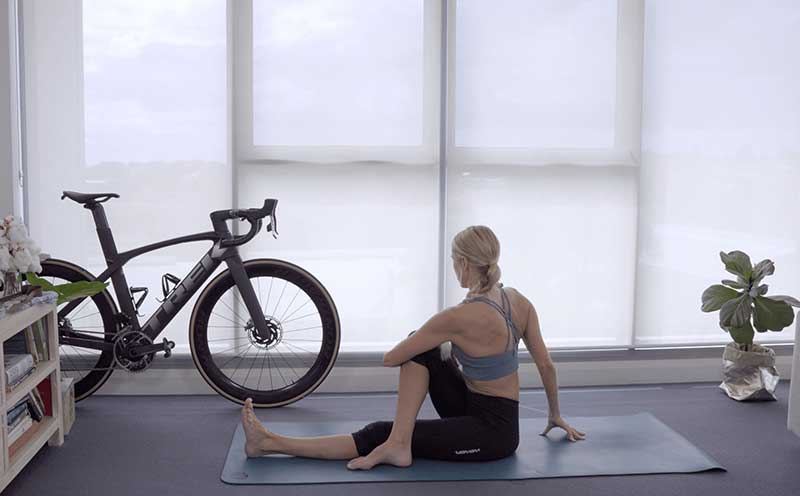5 Effective Workout Routines to Help Control Blood Sugar
Managing blood sugar isn’t just about diet—it’s also about movement. Regular exercise plays a vital role in improving your body’s ability to use glucose efficiently. When you move, your muscles pull sugar from your bloodstream to use for energy, naturally lowering blood sugar levels. Below are five workout routines proven to help control blood sugar and support overall health.
1. Brisk Walking (30-45 Minutes Daily)
Brisk walking is one of the simplest and most effective ways to manage blood sugar, especially for beginners. Research shows that walking after meals can significantly reduce post-meal blood sugar spikes. Aim for at least 30 minutes of brisk walking—fast enough to raise your heart rate but still allow for conversation. Consistent walking helps improve insulin sensitivity, enabling your body to process glucose more efficiently over time. Plus, it’s gentle on the joints, making it ideal for all fitness levels.
2. Strength Training (2-3 Sessions per Week)
Lifting weights or using resistance bands builds muscle—and muscle is a powerful ally in blood sugar control. The more muscle you have, the more glucose your body can store and use as fuel. Strength training improves insulin sensitivity and helps your muscles absorb sugar from the bloodstream even when you’re not working out. Focus on compound movements like squats, lunges, and push-ups, which target large muscle groups and deliver the most benefit.
3. Yoga (3-5 Sessions per Week)
Yoga might not be the first workout that comes to mind for blood sugar management, but research supports its benefits. Certain poses improve circulation, reduce stress hormones like cortisol (which can elevate blood sugar), and enhance glucose metabolism. Gentle yoga flows that focus on deep breathing and slow movements can also support heart health, digestion, and weight management—all crucial factors for maintaining stable blood sugar.
4. Interval Training (2-3 Times per Week)
High-Intensity Interval Training (HIIT) can deliver powerful blood sugar benefits in short bursts of exercise. This routine alternates between short, intense bursts of activity and rest periods. For example, you could sprint for 30 seconds, then walk for 60 seconds, repeating this cycle for 20 minutes. Studies show HIIT can dramatically improve insulin sensitivity and lower fasting blood sugar, even with shorter workout durations. However, beginners should ease into it to avoid injury.
5. Cycling (3-4 Sessions per Week)
Cycling—whether outdoors or on a stationary bike—is an excellent cardio workout that enhances circulation, burns calories, and improves glucose metabolism. Regular cycling improves cardiovascular health, which is especially important for people managing blood sugar since heart disease risk is higher for them. Pedaling at a moderate pace for 45 minutes helps your muscles absorb sugar from the bloodstream while improving overall endurance.
Final Tip: Stay Consistent
The key to using exercise for blood sugar control is consistency. Combining different types of exercise—cardio, strength training, and flexibility work—gives your body the most comprehensive benefits. Always check your blood sugar before and after workouts, especially if you take medication, to avoid dips or spikes. With regular movement and the right balance, you’ll not only control blood sugar more effectively but also enjoy better energy, mood, and long-term health.
